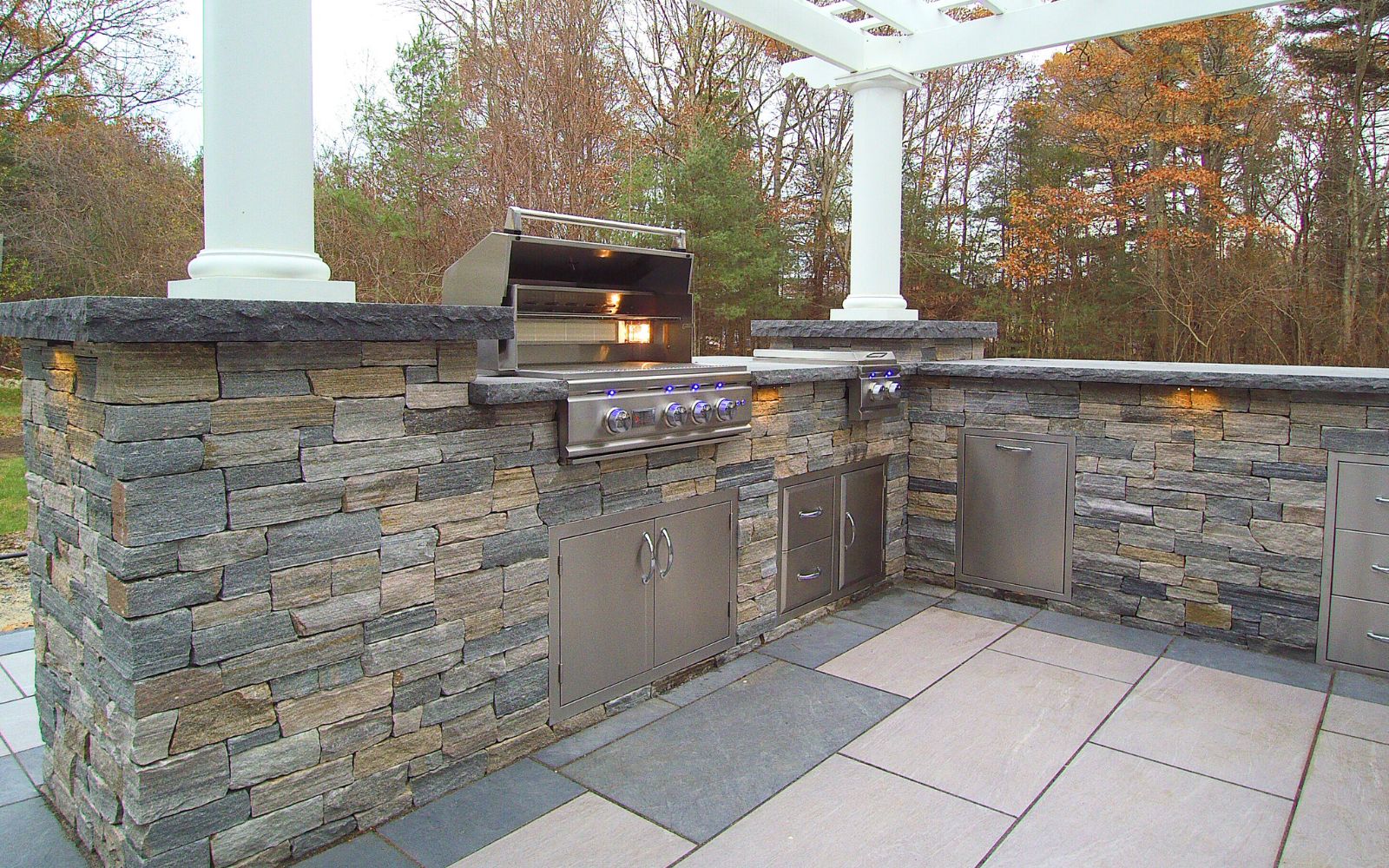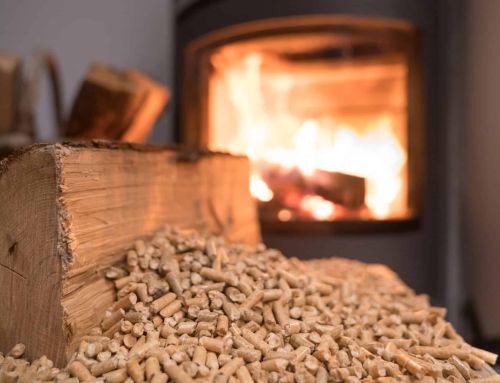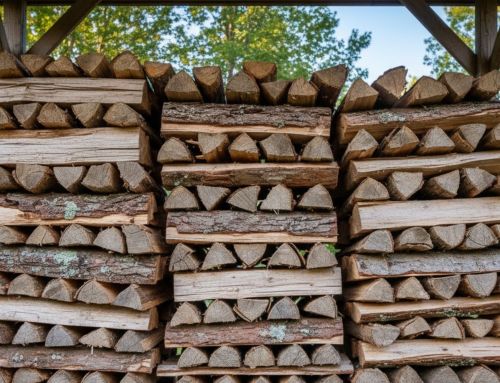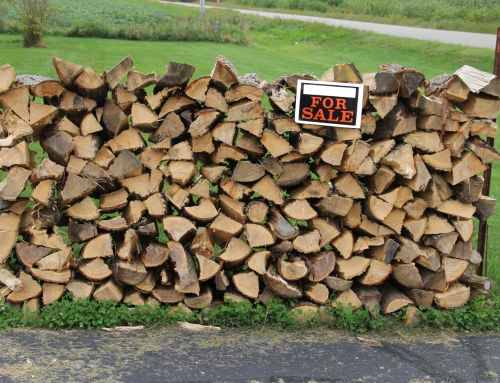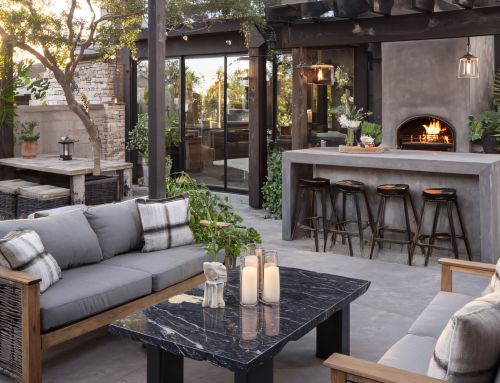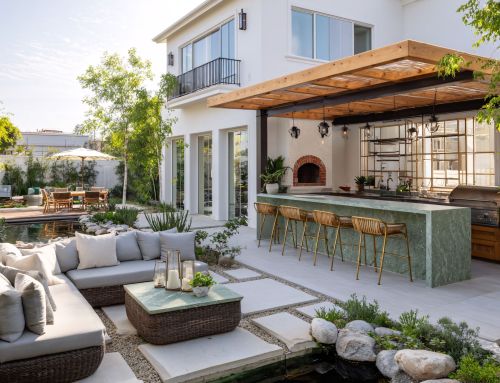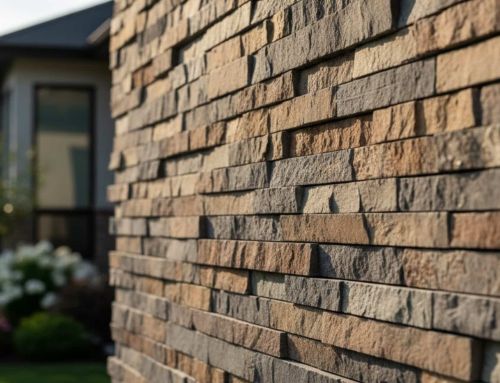The Ultimate Guide to Stone Veneers: Timeless Style Made Easy
Imagine transforming your ordinary living room into a rustic mountain retreat or turning your bland exterior into a stately mansion façade—all without the massive cost and structural challenges of traditional stonework. This is the magic of stone veneers, one of the most versatile and transformative building materials available to homeowners and contractors today. These thin slices of decorative material have revolutionized how we approach architectural design, making the timeless beauty of stone accessible for virtually any project.
Stone veneers have become increasingly popular in recent years, offering the perfect balance between authentic appearance and practical installation. Whether you’re considering a dramatic fireplace makeover, an eye-catching accent wall, or a complete exterior transformation, understanding the ins and outs of stone veneers is essential for making informed decisions that will enhance your space for years to come.
What is Stone Veneer?
Stone veneer is a decorative covering consisting of thin layers of stone or stone-like material that are applied to surfaces to mimic the appearance of full-sized stone. Unlike traditional stonework that requires significant structural support and specialized masonry skills, stone veneers offer a lightweight alternative that opens up countless design possibilities.
With a typical thickness ranging from ¾ to 1½ inches and weighing significantly less than full bed masonry (sometimes as little as 15 pounds per square foot compared to 40+ pounds for traditional stone), veneers provide remarkable design flexibility. This dramatic reduction in weight means they can be installed in places where full stone would be impractical or impossible.
Types of Stone Veneer: Natural vs. Manufactured
Natural Stone Veneer
Natural stone veneer is genuine stone quarried from the earth and cut into thin, manageable pieces, typically between ¾ to 1½ inches thick. Each piece retains its natural texture and color, resulting in unique, visually striking installations that highlight the beauty of natural materials.
Though heavier than manufactured options, natural stone veneer is much lighter than full stone and offers exceptional durability with minimal maintenance. Its organic variation in color, pattern, and texture adds unmatched depth and character, making it a premium choice for lasting elegance in any space.
Manufactured Stone Veneer
Manufactured stone veneer, also known as faux or cultured stone, is an artificial product crafted to mimic the look of natural stone. Made from a blend of concrete, pigments, and lightweight aggregates, it is cast in molds taken from real stones to replicate authentic textures and details.
Weighing around 7 to 10 pounds per square foot, it’s lighter than natural stone and easier to install. Some modern versions use advanced materials like polymers for even lighter panels. With consistent color, uniform texture, and a lower cost, manufactured stone veneer is a practical choice for budget-conscious projects that still want a natural look.
Advantages of Stone Veneer over Full-Sized Stone
The benefits of choosing stone veneer over full-sized stone extend far beyond mere convenience:
- Cost savings: Typically 30-50% less expensive than full stone installations
- Weight reduction: Often 75% lighter, eliminating the need for additional structural support
- Installation efficiency: Projects completed in days rather than weeks
- Design flexibility: Can be installed in places where full stone would be impractical
- Space efficiency: Minimal thickness preserves valuable square footage
- Variety of options: Countless colors, textures, and profiles to choose from
- Environmental benefits: Requires less raw material and energy for production and transportation
These advantages make stone veneer an ideal choice for both new construction and renovation projects, offering the perfect balance between authentic appearance and practical installation.
Applications for Stone Veneer
Exterior Applications
Stone veneer transforms exterior spaces with applications including:
- Home facades and siding that create dramatic curb appeal
- Landscape features like retaining walls and water features
- Outdoor living spaces with stone-clad cooking areas and seating walls
- Entrance columns that create a powerful first impression
- Firepits and outdoor kitchens that become natural gathering places
- Building skirting that conceals foundations while adding visual interest
- Pool surrounds that combine beauty with durability
The durability of stone veneer makes it perfect for outdoor use, standing up to weather extremes while requiring minimal maintenance. Whether you’re looking to add a small accent or completely transform your home’s exterior, stone veneer offers solutions for every style and budget.
Interior Applications
Inside the home, stone veneer creates stunning focal points, including:
- Accent walls that transform ordinary rooms into showcase spaces
- Fireplace surrounds that become the centerpiece of living areas
- Kitchen backsplashes and islands that add texture to culinary spaces
- Bathroom walls that create a spa-like atmosphere
- Wine cellars enhanced by the cool, cave-like feeling of stone
- Interior columns and archways that define transitions between spaces
- Custom furniture pieces with stone veneer details
Homeowners love how stone veneer brings natural elements indoors, creating connections to the outdoors and adding timeless character to any room. The variety of styles available—from rustic fieldstone to sleek contemporary profiles—ensures there’s a perfect option for any design vision.
Installation Basics
Installing stone veneer requires proper preparation and technique to ensure lasting beauty and performance. While many homeowners choose professional installation, understanding the process helps in making informed decisions about your project.
Installation Process
The basic installation process follows these steps:
- Preparation: Clean the surface and install necessary moisture barriers and lath
- Layout planning: Arrange stones to ensure pleasing patterns and color distribution
- Mixing mortar: Prepare the appropriate type of mortar for your specific veneer product
- Application: Apply mortar to the back of each stone and press firmly into place
- Grouting (if desired): Fill joints between stones with mortar using a grout bag
- Finishing: Clean excess mortar and apply sealant if recommended
Special attention must be paid to corners, which require specialized corner pieces that wrap around edges to create the illusion of full-thickness stone. Trim pieces are also available for finishing around windows, doors, and other transitions.
Tools needed typically include a masonry trowel, level, grout bag, masonry saw or grinder for cutting, and various brushes for cleanup. Having the right tools on hand makes the job much more manageable, whether you’re working with natural stone or manufactured products.
Maintenance and Care
One of the major advantages of stone veneer is its low maintenance requirements. However, proper care will ensure your installation maintains its beauty for decades:
- Regular cleaning: Simple rinsing with water typically removes surface dust and debris
- Stain removal: Mild soap and water for most stains, specialized cleaners for tougher issues
- Sealing: While often unnecessary, sealing may be recommended in certain applications
- Periodic inspection: Check for any loose pieces or deteriorating mortar, especially in exterior applications
- Winter care: In cold climates, avoid using de-icing chemicals near stone veneer installations
With proper installation and minimal maintenance, stone veneer can maintain its beauty for decades, making it a worthwhile investment for any property. Unlike some building materials that show their age quickly, quality stone veneer tends to develop character over time.
Choosing the Right Stone Veneer for Your Project
Selecting the perfect stone veneer involves considering several key factors:
- Style compatibility: Choose profiles and colors that complement your overall design vision
- Location requirements: Consider the demands of interior versus exterior applications
- Budget constraints: Balance cost with quality and longevity
- Installation method: Some types are easier to install than others, an important consideration for DIY projects
- Maintenance preferences: Natural stone may require different care than manufactured options
- Color consistency: Decide whether you prefer the natural variation of real stone or the consistency of manufactured products
Taking time to explore samples in different lighting conditions and against your existing materials will help ensure you select the perfect stone veneer for your space. Most suppliers provide sample boards or individual pieces to help visualize the finished result.
When comparing options, consider these factors in a side-by-side comparison:
| Factor | Natural Stone Veneer | Manufactured Stone Veneer |
|---|---|---|
| Appearance | Unique, one-of-a-kind | Consistent, repeatable patterns |
| Weight | 10–15 lbs per sq ft | 7–10 lbs per sq ft |
| Cost | Higher initial investment | Typically more affordable |
| Durability | Exceptional longevity | Very good with proper installation |
| Color Options | Limited by nature | Extensive color palette |
| Maintenance | Minimal | Minimal |
| Installation | More skill required | Generally easier to install |
Conclusion
Stone veneer offers the perfect blend of style, durability, and versatility for any interior or exterior upgrade. Whether you prefer the natural charm of real stone or the cost-effective convenience of manufactured alternatives, stone veneers can elevate the look of your home while simplifying installation and maintenance. With countless textures, colors, and applications, it’s no wonder this material has become a favorite among builders and homeowners alike.
Ready to start your stone veneer project? Old Station Outdoor & Landscape Supply offers a wide selection of premium natural and manufactured stone veneers to suit any style or budget. Serving homeowners and contractors across Southeastern Massachusetts, our expert team is here to help you choose the right materials and provide guidance every step of the way. Visit our store, browse online, or contact us today to get started on your transformation.
FAQs
How long do stone veneers last?
Natural stone veneers, including premium materials like marble, can last for generations (50+ years), while quality manufactured stone veneers typically last 20-75 years, depending on installation quality and environmental conditions.
Are stone veneers expensive?
Stone veneers are significantly more affordable than full stonework, typically costing 30-50% less while providing similar aesthetic benefits, with slate and other natural options generally commanding higher prices than manufactured alternatives.
Where is stone veneer used?
Stone veneers are versatile for both exterior applications (home facades, retaining walls, outdoor kitchens, firepits) and interior uses (fireplaces, accent walls, kitchen backsplashes, bathrooms), making them ideal for virtually any surface where you want the beauty of stone without the weight and cost.
How do you maintain stone veneer?
Stone veneer requires minimal maintenance—simply rinse occasionally with water to remove dust and debris, use mild soap for any stains, and consult manufacturer resources for specific care instructions if you encounter persistent issues or specialized cleaning needs.

